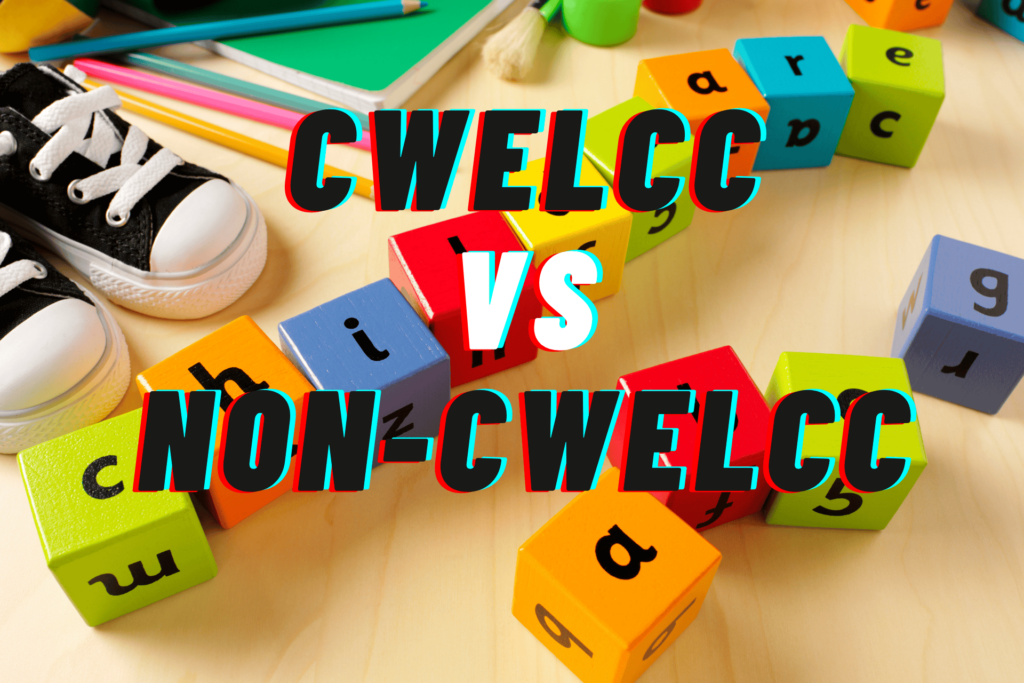Embarking on the journey of owning a daycare centre is undoubtedly an exhilarating prospect. However, before diving into the process of leasing a location, it’s crucial to assess your readiness and ensure you’ve laid a solid foundation for your business. Here’s a checklist to guide new daycare operators through the preparatory steps:
Read the Licensing Guide
You need to understand the legislation and regulatory requirements for a licensed child care centres. This guide is provided by the Government of Ontario which contains guidance on interpreting these requirements and also recommendations for best practices. Download the guide on the Ontario.ca website.
Familiarize with the Planning Guideline
Start by acquainting yourself with the Planning and Design Guidelines for Licensed Child Care Centers provided by the Ontario government. These guidelines outline the necessary requirements for renovating a daycare location, offering invaluable insights into regulatory standards.
Familiarized with the CWELCC 2025 Program
Understand how the CWELCC program will benefit or affect you as an operator. Starting 2025, the CWELCC program has changed to a cost reimbursement model. Read more about it in this article.
Requirement of an ECE as Supervisor
According to the Child Care and Early Years Act 2014, all centres have to hire a supervisor who,
(a) is a member in good standing of the College of Early Childhood Educators, has at least two years of experience providing licensed child care and is approved by a director; or
(b) in the opinion of a director, is capable of planning and directing the program of a child care centre, being in charge of children and overseeing staff.
If you are not an experienced ECE yourself, you have to either have a business partner or hire someone who is.
Understand Commercial Leasing
Educate yourself on the intricacies of commercial leases and learn how to calculate the associated costs. A clear understanding of commercial leasing terms and expenses will help you make informed decisions during negotiations. Refer to the article on How to Calculate Commercial Lease.
Understand Commercial Purchase Due Diligence
If you are planning to buy a commercial property or your daycare business, you should understand the terminologies that you might encounter during a due diligence process. This article Buying Commercial Property: Due Diligence Checklist has a good summary of them.
Develop a Business Plan
Crafting a well-defined business plan is essential for securing financing and mapping out the trajectory of your daycare centre. Utilize resources available online, such as courses offered by reputable platforms, to assist you in creating a comprehensive business plan and financial projections. There are a lot of great resource to help you creating business plan. The small business ontario website has free courses that you might found useful.
https://smallbusinesscentresontario.thinkific.com/
Determine Space Requirements
Calculate the space needed to accommodate your daycare’s operations effectively. Consider factors such as classroom size, play areas, and administrative space to ensure optimal functionality. The budget calculator can estimate the size of the property you need.
Budget for Renovations
If you are entering into a lease agreement for a space, you must factor in renovation time. We have already assessed the renovation costs. As of the time of writing, renovation per sq ft is safe to estimate using $150 per square foot. You might be able to find more affordable renovation, but plan with this budget in mind so you won’t be surprised when you begin the process. To estimate your renovation cost, multiply your desired square footage by $150 per sq ft + HST to get the budget you need. For example, if you wish to renovate a space of 4000 sq ft, you should budget around $678K for the renovation. You can use the budget calculator too estimate the renovation budget.
Lease Expenses During Renovation
During this renovation period, you will still be responsible for paying rent and utilities. While landlords may offer a few months of rent-free occupancy, they typically do not waive rent entirely throughout the renovation period.
Let’s delve into the necessary timeline for this process.
Regarding renovations, it’s advisable to refer to specific guidelines for details. Generally, the process involves several stages, including getting a few studies completed, the architect drawing up floor plans, applying for building permits, conducting the actual renovations, and obtaining necessary licenses. Experienced operators may streamline this process and complete it within a year. However, new operators should consider budgeting around 1.5 years for the entire process, starting from scratch until licensing.
Consequently, you should budget for additional lease payment while having no students for the entire 1.5-year period prior to licensing to accommodate the renovation timeline effectively. You can use the budget calculator too estimate the lease budget needed during renovation and before licensing.
Allocate Operating Cash
If you anticipate reaching full enrollment and capacity as soon as you open your doors, you might be indulging in wishful thinking.
From discussions with other operators, it’s evident that reaching half enrollment typically takes a year, while achieving full enrollment may require 1.5 to 2 years. Therefore, during the initial phase, budgeting additional funds to sustain operations while gradually increasing enrollment is advisable.
Allocate funds for at least another year of rent, utilities, and standard operating expenses to ensure financial stability during the ramp-up period. You can use the budget calculator too estimate the operating budget before full enrollment.
Explore Financing Options
You should engage with your bank to determine your loan eligibility. By this stage, your business plan should be finalized, and your financial projections should be in place, incorporating all lease and operating costs. Now, it’s time to initiate discussions with a business banker to obtain pre-approval for a business loan. This step is crucial in understanding the amount of financing you can secure.
Conversations with the bank have the potential to reshape your budgetary outlook. Following these discussions, you may gain a more realistic perspective on your financial situation. Consequently, you may need to reassess and adjust your plans, possibly recalibrating the size of the unit based on the available financing.
Conclusion
By diligently following this checklist, aspiring daycare operators can establish a solid groundwork for their business ventures and navigate the complexities of launching a successful daycare centre. Remember, thorough preparation is key to laying the foundation for a thriving child care establishment.








